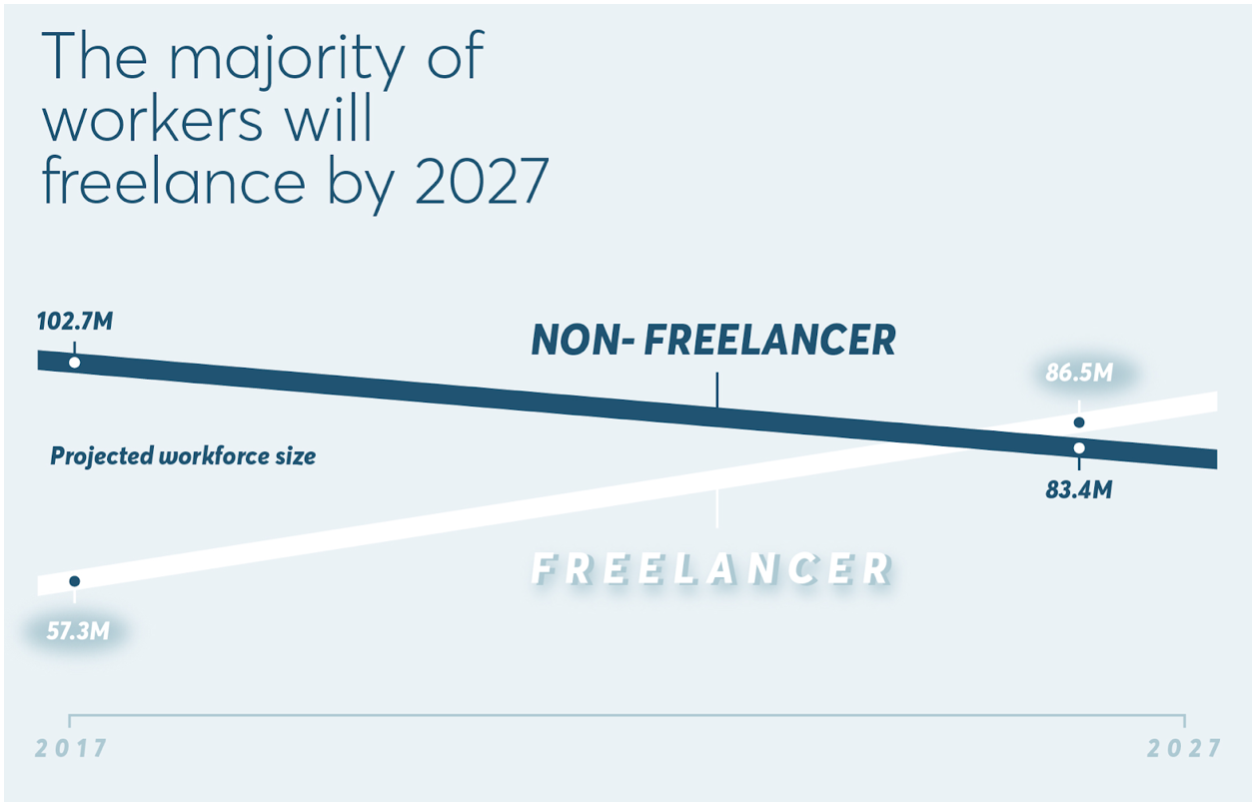Self-Driving Vehicles: A Wake-up Call
Most consumers leave the repair shop trusting that the vehicle is functioning properly, but that may not be so.

Most consumers leave the repair shop trusting that the vehicle is functioning properly, but that may not be so.

Get Involved
Our authors are what set Insurance Thought Leadership apart.
|
Partner with us
We’d love to talk to you about how we can improve your marketing ROI.
|

David Pieffer is head of the property & casualty practice at J.D. Power. He is responsible for leading the development and expansion of syndicated studies and proprietary P&C insurance industry services in North America.
Until recently, the complexities of flood behavior have been too intricate to fully represent using broad-scale modeling techniques.


 ©Copyright Nintendo
Our hydraulic models, which run on very similar technology, are now also much more sophisticated, and the resulting flood maps are more detailed and informative than ever.
Artificial intelligence (AI) and satellite data
We have also seen advances in artificial intelligence (AI) and machine learning, which fill knowledge gaps in our input data, as well as satellite technology, enabling us to access better data on elevation, land use and rivers. For example, we’ve trained machines to analyze elevation data to locate all the levees in the U.S. We are using similar algorithms to check the hydraulic model outputs for unusual patterns, which might indicate quality issues that we can then address much more quickly and effectively than before.
See also: Here Is How to Make Flood Insurance Work
Over recent years, satellite technology and other techniques have improved, which means the quantity and quality of data on land use, rivers and rainfall, as well as on elevation, have increased significantly. We’ve progressed from using contour lines on maps to having light detection and ranging (LIDAR) data to sub-centimeter accuracy to describe the topography of an area.
As a result, we can achieve a lot more detail in flood mapping. This can help insurers to better understand flood risk in the U.S. and allow them to capitalize on latent opportunities in the private flood insurance market.
©Copyright Nintendo
Our hydraulic models, which run on very similar technology, are now also much more sophisticated, and the resulting flood maps are more detailed and informative than ever.
Artificial intelligence (AI) and satellite data
We have also seen advances in artificial intelligence (AI) and machine learning, which fill knowledge gaps in our input data, as well as satellite technology, enabling us to access better data on elevation, land use and rivers. For example, we’ve trained machines to analyze elevation data to locate all the levees in the U.S. We are using similar algorithms to check the hydraulic model outputs for unusual patterns, which might indicate quality issues that we can then address much more quickly and effectively than before.
See also: Here Is How to Make Flood Insurance Work
Over recent years, satellite technology and other techniques have improved, which means the quantity and quality of data on land use, rivers and rainfall, as well as on elevation, have increased significantly. We’ve progressed from using contour lines on maps to having light detection and ranging (LIDAR) data to sub-centimeter accuracy to describe the topography of an area.
As a result, we can achieve a lot more detail in flood mapping. This can help insurers to better understand flood risk in the U.S. and allow them to capitalize on latent opportunities in the private flood insurance market.
Get Involved
Our authors are what set Insurance Thought Leadership apart.
|
Partner with us
We’d love to talk to you about how we can improve your marketing ROI.
|
Digital enhancements help companies lessen certain fraud risks – particularly when data analytics is brought into the mix.

Get Involved
Our authors are what set Insurance Thought Leadership apart.
|
Partner with us
We’d love to talk to you about how we can improve your marketing ROI.
|
A man in New Zealand, called into a meeting where he knew he would be getting fired, used an unusual tactic for the event....

Get Involved
Our authors are what set Insurance Thought Leadership apart.
|
Partner with us
We’d love to talk to you about how we can improve your marketing ROI.
|

Bob Wilson is a founding partner, president and CEO of WorkersCompensation.com, based in Sarasota, Fla. He has presented at seminars and conferences on a variety of topics, related to both technology within the workers' compensation industry and bettering the workers' comp system through improved employee/employer relations and claims management techniques.
The healthcare industry is overripe for disruption from the tech world, yet the process of working with healthcare providers is not easy.

Get Involved
Our authors are what set Insurance Thought Leadership apart.
|
Partner with us
We’d love to talk to you about how we can improve your marketing ROI.
|

I'll be brief, because I'm running around at InsureTech Connect in Las Vegas (as are, I imagine, many of you. Come by and see us in Room 305 of the MGM Grand Conference Center, if you are.) But I do want to tee up an idea we've been discussing: What if we tried combining workers' comp with health insurance?
Yes, they've historically been very different. Workers' comp sprang from the grand bargain of a century-plus ago, designed to free both workers and employers from potentially debilitating claims of negligence. Health insurance grew out of charity when care was limited and cheap—even when Blue Cross began selling insurance, in 1929, it cost just $6 a year—and took a left turn during World War II when a government tax break established employer-issued health insurance as the standard in the U.S.
But history isn't destiny. In fact, an idea like combining workers' comp and health insurance could allow for some creativity, in the midst of uncertainty, that isn't possible within today's silos.
The combination would do away with a lot of today's inefficiencies. While workers' comp was set up to be no-fault, it's more like fault-fault-fault today. Everybody reviews everything. Lawyers often get involved early. So do doctors—and not just those treating the injured directly; you have doctors reviewing the doctors, and maybe doctors reviewing the doctors who review the doctors. What if the goal just became keeping the employee healthy, whether the problem was a workplace injury or strep throat?
A lot of complexity would fall away. Perhaps even more than we know. The psychosocial approach to workers' comp finds that workers react well when they feel they're on the same side as the employer—trying to get healthy and back to productive work—and react poorly when they feel like the employer is being legalistic, uncaring, etc. If the whole goal was just a healthy employee, imagine what might happen.
A fair amount of administrative effort and expense goes into deciding whether workers' comp or heath insurance covers a problem, but what if the two lines of coverages were combined...?
My innovation mantra has long been, Think Big, Start Small, Learn Fast, so how would we start small after having this big idea? I can imagine Texas and Oklahoma being hospitable, as long as they've been experimenting with ways to opt out of traditional workers' comp. Perhaps a small county in California would allow a melding of workers' comp and healthcare, so we could gather some data. In any case, let's find a way to try the idea.
I can already see a major issue: deductibles. Workers' comp doesn't have them, while health insurance may have massive ones. So, there has to be some way to cover workplace injuries immediately while not providing carte blanche for employees to have whatever healthcare treatment they want.
But that issue feels like a detail, especially if we experiment before rolling out a new plan broadly. There has to be some way to assign responsibility for routine issues to individuals, while protecting injured workers.
Please let me know what you think. And, as I said, maybe we can even do this in person, if you're at ITC this week.
Cheers,
Paul Carroll
Editor-in-Chief
Get Involved
Our authors are what set Insurance Thought Leadership apart.
|
Partner with us
We’d love to talk to you about how we can improve your marketing ROI.
|

Paul Carroll is the editor-in-chief of Insurance Thought Leadership.
He is also co-author of A Brief History of a Perfect Future: Inventing the Future We Can Proudly Leave Our Kids by 2050 and Billion Dollar Lessons: What You Can Learn From the Most Inexcusable Business Failures of the Last 25 Years and the author of a best-seller on IBM, published in 1993.
Carroll spent 17 years at the Wall Street Journal as an editor and reporter; he was nominated twice for the Pulitzer Prize. He later was a finalist for a National Magazine Award.
Many do not even try to sell this important commercial coverage. This combination of importance and silence equals a wicked E&O exposure.

Get Involved
Our authors are what set Insurance Thought Leadership apart.
|
Partner with us
We’d love to talk to you about how we can improve your marketing ROI.
|

Chris Burand is president and owner of Burand & Associates, LLC, a management consulting firm specializing in the property-casualty insurance industry. He is recognized as a leading consultant for agency valuations and is one of very few consultants with a certification in business appraisal.
Most service planning in catastrophes is highly manual, involving multiple spreadsheets and guesswork; AI-driven capacity planning is seamless.

Get Involved
Our authors are what set Insurance Thought Leadership apart.
|
Partner with us
We’d love to talk to you about how we can improve your marketing ROI.
|
Given the exclusions in CGL and product liability policies, vaping businesses cannot simply assume that they have the necessary coverage.

Get Involved
Our authors are what set Insurance Thought Leadership apart.
|
Partner with us
We’d love to talk to you about how we can improve your marketing ROI.
|
The most successful brokers will be those who figure out how to serve the massive and growing population of self-employed workers.

 The future of work is coming. Where is the future of insurance? Source: Freelancers Union.[/caption]
Why does health insurance for the self-employed matter?
I am a licensed broker and a former freelancer, so this issue is personal for me. I spent most of 2018 working as a self-employed growth consultant. I did paid projects from a desk at a coworking space and got to know the other people there — gifted technical, creative and business professionals with the courage and skills to bet on themselves. And I learned what every self-employed person already knows: This work can be exhilarating, but it’s not easy, and the lack of affordable health insurance hurts not only individual workers but their families, and their long-term health.
See also: Empathy Transforms Health Insurance
Self-employed people including 1099 contractors can’t get coverage in most group policies. They can buy comprehensive individual plans during open enrollment, but it gets more expensive every year, and those earning more than $50,000 per year don’t get subsidies to offset the price. Outside of open enrollment, there are no comprehensive healthcare options for the self-employed–which is a massive problem.
How does this affect you? If you sell group plans to organizations with a large base of independent 1099 contractors, you already know the answer--you’ve got a large and growing population, and nothing great to sell them. The most innovative and successful brokers in the next 10 years will be those who can figure out how to serve this massive and growing population of self-employed workers.
The future of work deserves the future of health insurance. How can healthcare plans evolve?
Brokers and self-employed people both need better options. Luckily, we’re starting to see some new options come online that are getting traction.
Self-employed people can buy short-term plans, but these plans typically cap payouts and don’t cover preexisting conditions or many essential health benefits. They can join health-sharing ministries, typically composed of religious people who aspire but do not commit to sharing in each other's healthcare costs, but their care may not get covered, and monthly payments are not tax-deductible.
Decent, which I founded, recently launched in Austin, Texas, in partnership with the Texas Freelance Association, offering the most affordable comprehensive plans on the market for self-employed people and their families. All plans include unlimited free primary care with a personal doctor. Decent sells year 'round, including to people without a qualifying life event, and will be expanding throughout Texas and beyond soon.
So what is the future of health insurance?
Whatever products eventually win in the market, getting employers out of the health insurance equation will make the healthcare market work more like other markets, where suppliers compete to serve customers on quality, price, and convenience.
See also: 5 Health Insurance Tips for Small Business
America’s self-employed workforce is relatively healthy, wealthy and politically active. A revitalized individual market will encourage regulators to make subsidies available for insurance purchased in the private market, not just on government exchanges.
At the end of the day, capitalism is about choice. People want more and better options. As a growing number of Americans choose the insurance they want rather than taking the insurance their employer gives them, suppliers and brokers will provide what the market needs. At Decent, we anticipate that the future of health insurance is refreshingly similar to the future of other markets that have evolved to serve the consumer: more choices, more customization and better deals for the diverse population that makes up our country, including the rising tide of the American self-employed.
The future of work is coming. Where is the future of insurance? Source: Freelancers Union.[/caption]
Why does health insurance for the self-employed matter?
I am a licensed broker and a former freelancer, so this issue is personal for me. I spent most of 2018 working as a self-employed growth consultant. I did paid projects from a desk at a coworking space and got to know the other people there — gifted technical, creative and business professionals with the courage and skills to bet on themselves. And I learned what every self-employed person already knows: This work can be exhilarating, but it’s not easy, and the lack of affordable health insurance hurts not only individual workers but their families, and their long-term health.
See also: Empathy Transforms Health Insurance
Self-employed people including 1099 contractors can’t get coverage in most group policies. They can buy comprehensive individual plans during open enrollment, but it gets more expensive every year, and those earning more than $50,000 per year don’t get subsidies to offset the price. Outside of open enrollment, there are no comprehensive healthcare options for the self-employed–which is a massive problem.
How does this affect you? If you sell group plans to organizations with a large base of independent 1099 contractors, you already know the answer--you’ve got a large and growing population, and nothing great to sell them. The most innovative and successful brokers in the next 10 years will be those who can figure out how to serve this massive and growing population of self-employed workers.
The future of work deserves the future of health insurance. How can healthcare plans evolve?
Brokers and self-employed people both need better options. Luckily, we’re starting to see some new options come online that are getting traction.
Self-employed people can buy short-term plans, but these plans typically cap payouts and don’t cover preexisting conditions or many essential health benefits. They can join health-sharing ministries, typically composed of religious people who aspire but do not commit to sharing in each other's healthcare costs, but their care may not get covered, and monthly payments are not tax-deductible.
Decent, which I founded, recently launched in Austin, Texas, in partnership with the Texas Freelance Association, offering the most affordable comprehensive plans on the market for self-employed people and their families. All plans include unlimited free primary care with a personal doctor. Decent sells year 'round, including to people without a qualifying life event, and will be expanding throughout Texas and beyond soon.
So what is the future of health insurance?
Whatever products eventually win in the market, getting employers out of the health insurance equation will make the healthcare market work more like other markets, where suppliers compete to serve customers on quality, price, and convenience.
See also: 5 Health Insurance Tips for Small Business
America’s self-employed workforce is relatively healthy, wealthy and politically active. A revitalized individual market will encourage regulators to make subsidies available for insurance purchased in the private market, not just on government exchanges.
At the end of the day, capitalism is about choice. People want more and better options. As a growing number of Americans choose the insurance they want rather than taking the insurance their employer gives them, suppliers and brokers will provide what the market needs. At Decent, we anticipate that the future of health insurance is refreshingly similar to the future of other markets that have evolved to serve the consumer: more choices, more customization and better deals for the diverse population that makes up our country, including the rising tide of the American self-employed.
Get Involved
Our authors are what set Insurance Thought Leadership apart.
|
Partner with us
We’d love to talk to you about how we can improve your marketing ROI.
|